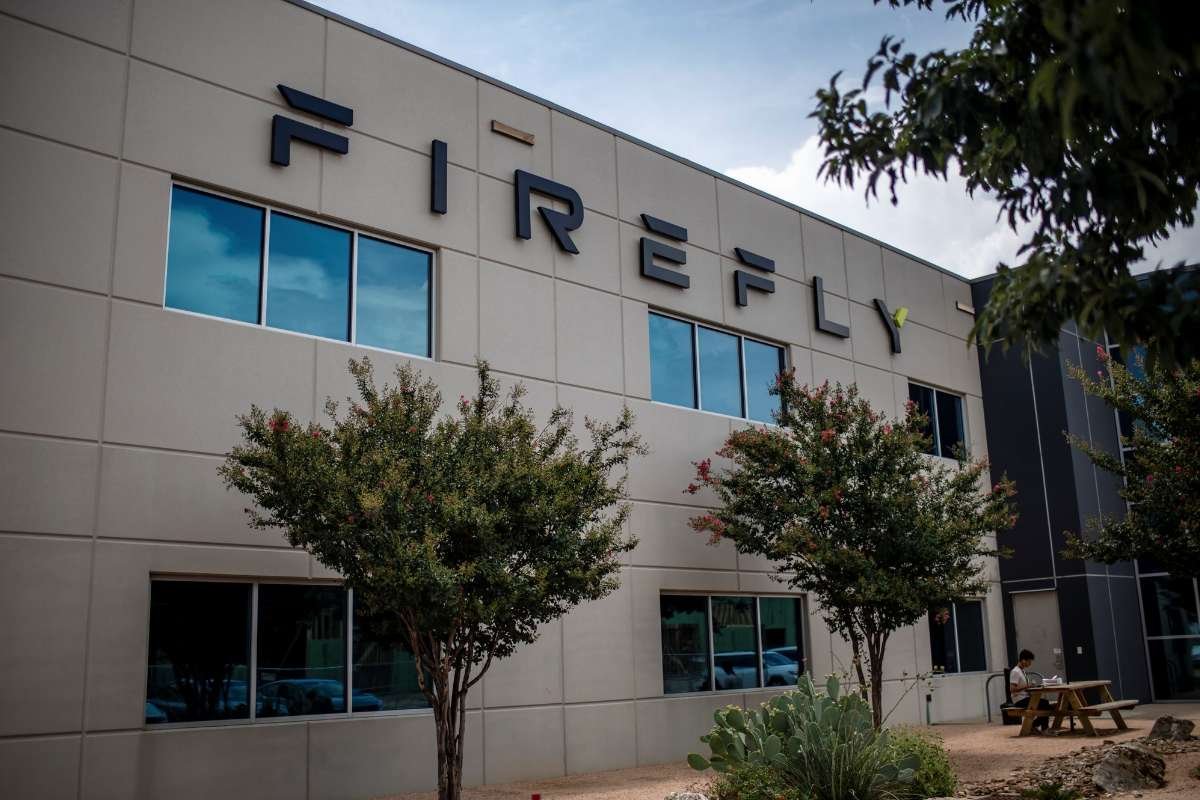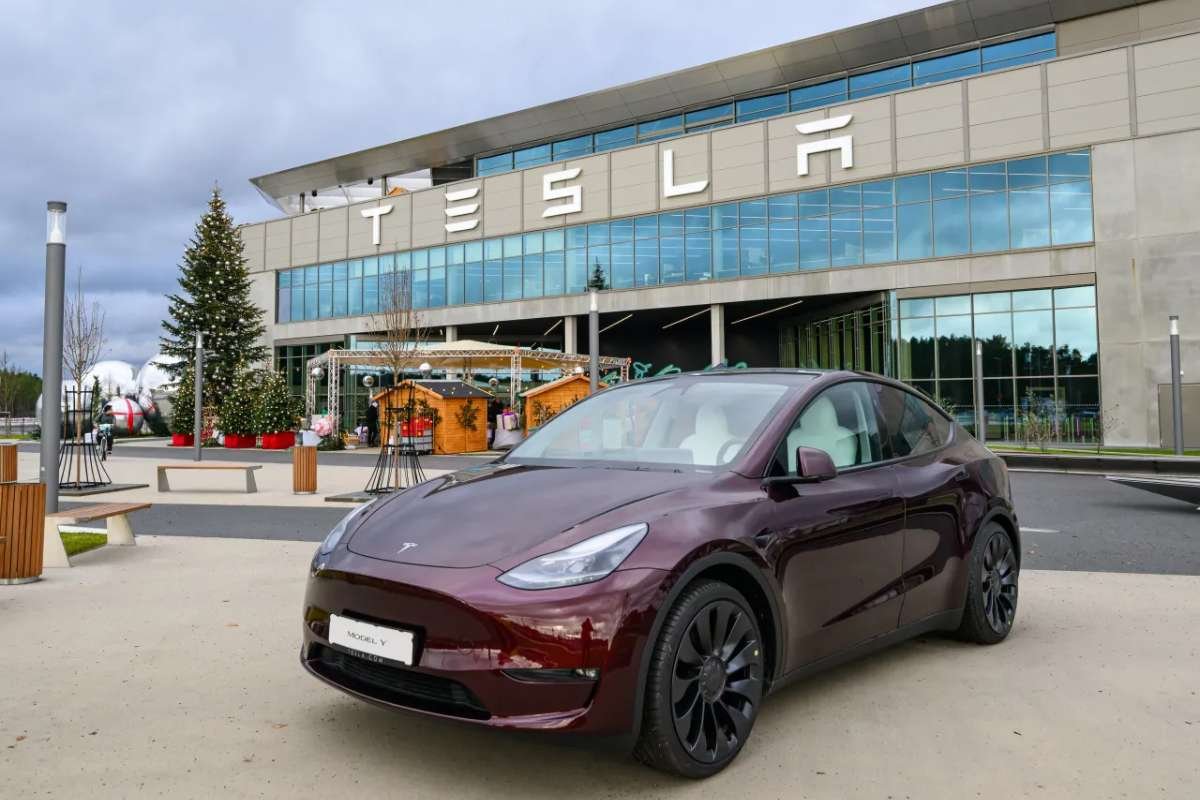As the world grapples with various challenges entering 2025, the United States economy continues to stand out as a bright spot. Powered by strong consumer spending, the nation’s historic recovery from the pandemic downturn has persisted, defying predictions of economic turbulence. Despite elevated interest rates and lingering inflation, the U.S. economy has shown remarkable resilience. Financial markets have flourished, job layoffs remain low, and growth has consistently exceeded expectations. As the Trump administration prepares to take office, here are five reasons to remain optimistic about the economy in 2025.
No Recession in Sight
Predictions of a recession in 2022 proved to be overly pessimistic, and that downturn has yet to materialize. While the Federal Reserve’s aggressive measures to combat inflation slowed growth, the economy has remained remarkably steady. Although cracks have appeared in the job market, unemployment rates remain relatively low, and the economy has avoided the shock needed to push it into recession. Experts believe there are no immediate signs of internal economic factors that could trigger a downturn. While external risks, such as trade tensions, remain, the fundamental stability of the U.S. economy is reason enough to feel confident entering 2025.
Gas Prices Are Under Control
Energy prices, often a key driver of recessions, are no longer a significant concern. In mid-2022, gasoline prices spiked to an unprecedented $5 per gallon, threatening economic stability. However, oil prices have since fallen, and fears of supply disruptions in the Middle East and Russia have not materialized. In fact, the U.S. is now producing more oil than any other nation in history. Projections for 2025 estimate an average gas price of $3.22 per gallon, marking the third consecutive year of declining prices. This trend has bolstered consumer confidence and kept inflation in check, further supporting economic growth.
Paychecks Are Outpacing Prices
While many Americans continue to grapple with higher costs for essentials like groceries, car insurance, and rent, there is good news for the u.s. economy: wages are growing faster than prices. This consistent increase in real wages has helped Americans regain some purchasing power and cope with the elevated price levels post-pandemic. The Federal Reserve has emphasized the importance of maintaining low inflation to ensure workers continue to see meaningful wage gains. These rising wages are expected to help restore confidence in the economy and improve perceptions of the overall cost of living.
The Federal Reserve Is Easing Rates
After years of aggressive interest rate hikes to curb inflation, the Federal Reserve has begun reducing rates, providing much-needed relief to borrowers. Although mortgage rates have yet to decline significantly, the Fed’s recent rate cuts mark a positive shift that could stimulate economic growth in the months ahead. While uncertainty remains regarding how many additional rate cuts will occur in 2025, the downward trend in borrowing costs is a welcome development for businesses and consumers alike.
Pro-Business Policies Are on the Horizon
The incoming Trump administration has pledged to prioritize economic growth through pro-business policies. Plans include tax reform, deregulation, and efforts to enhance government efficiency. One notable initiative is the establishment of the Department of Government Efficiency, which aims to reduce wasteful spending and streamline regulations. Economists are optimistic that these measures could boost productivity and accelerate growth. Efforts to clarify financial regulations and speed up permitting processes are also expected to benefit industries ranging from construction to technology.
Risks to Watch
While there is much to be hopeful about, potential risks could impact the economic outlook. Concerns remain over the possibility of a trade war, with proposed tariffs that could slow growth and drive inflation higher. If implemented fully, these tariffs could slash economic growth significantly and heighten the risk of recession. Additionally, plans for mass deportations could create labor shortages in critical industries, further straining wages and prices.
Another potential challenge is the risk of political tension between the Trump administration and the Federal Reserve. Any perceived threats to the Fed’s independence could shake investor confidence and hurt market stability.
Despite these risks, the overall picture of the U.S. economy entering 2025 remains optimistic. With falling gas prices, rising wages, easing interest rates, and a focus on pro-growth policies, the nation is well-positioned to maintain its economic momentum in the year ahead.







